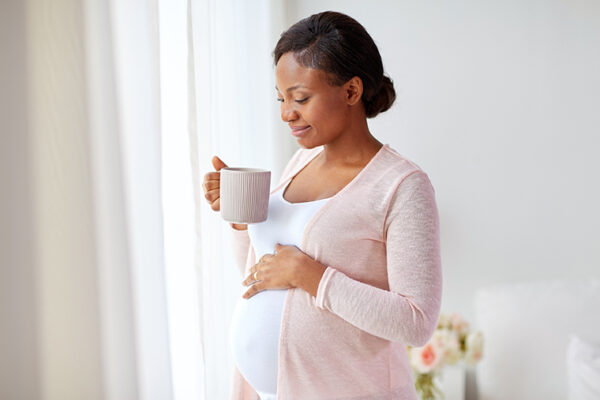Prenatal cannabis exposure associated with adverse outcomes during middle childhood
Research from the Department of Psychological & Brain Sciences at Washington University in St. Louis shows prenatal cannabis exposure may impact child behavior later in life.
Pregnancy shifts the daily schedule forward
New research from Washington University in St. Louis finds that women and mice both shift their daily schedules earlier by up to a few hours during the first third of their pregnancy. The new study shows how impending motherhood induces changes in daily timing of a mother which, when disrupted, may put a pregnancy at risk, as reported in the Journal of Biological Rhythms.
Cannabis during pregnancy bumps psychosis risk in offspring
Pregnant women who use cannabis may slightly increase the risk their unborn child will develop psychosis later in life, suggests new research from Washington University in St. Louis.
For women, waiting to have children until after 30 minimizes career income losses
Working women who want to minimize career income losses related to motherhood should wait until they are about 30 years old to have their first children, suggests new research from Washington University in St. Louis.
New clues in mice link cholesterol to fertility
Whether made by the body or ingested through diet, cholesterol plays a vital role in cells. Cholesterol also is a building block of steroids and hormones, including those that trigger puberty and support pregnancy. A new study, led by Daniel Ory, MD, implicates a surprising regulator of cholesterol in cells’ ability to make these hormones, especially in tissues associated with fertility, such as the ovaries.
Obesity doesn’t reduce chance of getting pregnant with donor eggs
Obese women who use donor eggs to become pregnant through in vitro fertilization are just as likely to become pregnant as normal weight women, according to a new report. Pictured is the study’s first author, Emily Jungheim, MD, left, observing as Mary Bade uses assisted reproductive technology to inject a single sperm into an egg.
Study emphasizes birth control education, helps pay for IUDs and implants
Researchers at the School of Medicine want to know whether they can reduce the rate of unintended pregnancies at community clinics by providing contraceptive counseling that emphasizes the benefits of long-acting birth control, like IUDs and implants, and by making these methods available to women at sharply reduced costs or free of charge. Pictured is Tessa Madden, MD, the study’s principal investigator.
New egg freezing method expands reproductive options
For some women facing fertility issues, a faster way of freezing and storing eggs is expanding their reproductive options. This new technology has improved viability of frozen eggs.
IUDs, implants are most effective birth control
A study by Brooke Winner, MD (pictured), and Jeff Peipert, MD, to evaluate birth control methods has found dramatic differences in their effectiveness. Women who used birth control pills, the patch or vaginal ring were 20 times more likely to have an unintended pregnancy than those who used longer-acting forms such as an intrauterine device (IUD) or implant.
Genetic errors linked to life-threatening pregnancy disorder
Scientists have identified genetic errors in women with autoimmune diseases that increase the risk of preeclampsia, a potentially life-threatening condition that occurs in 10 percent of all pregnancies.
View More Stories




